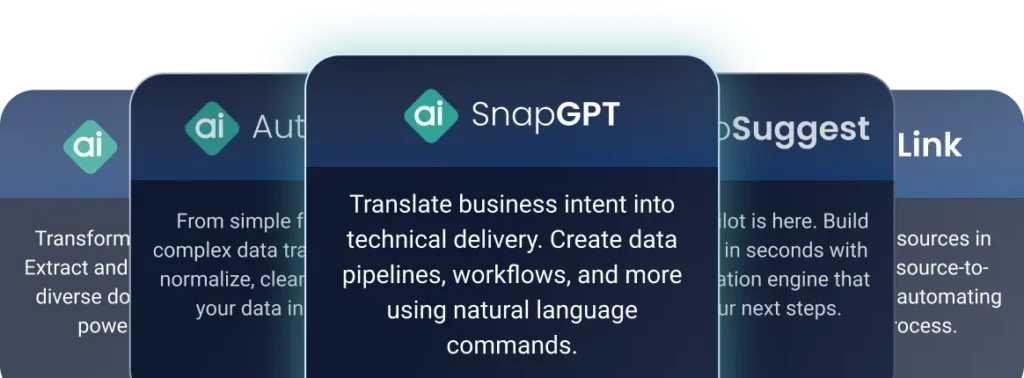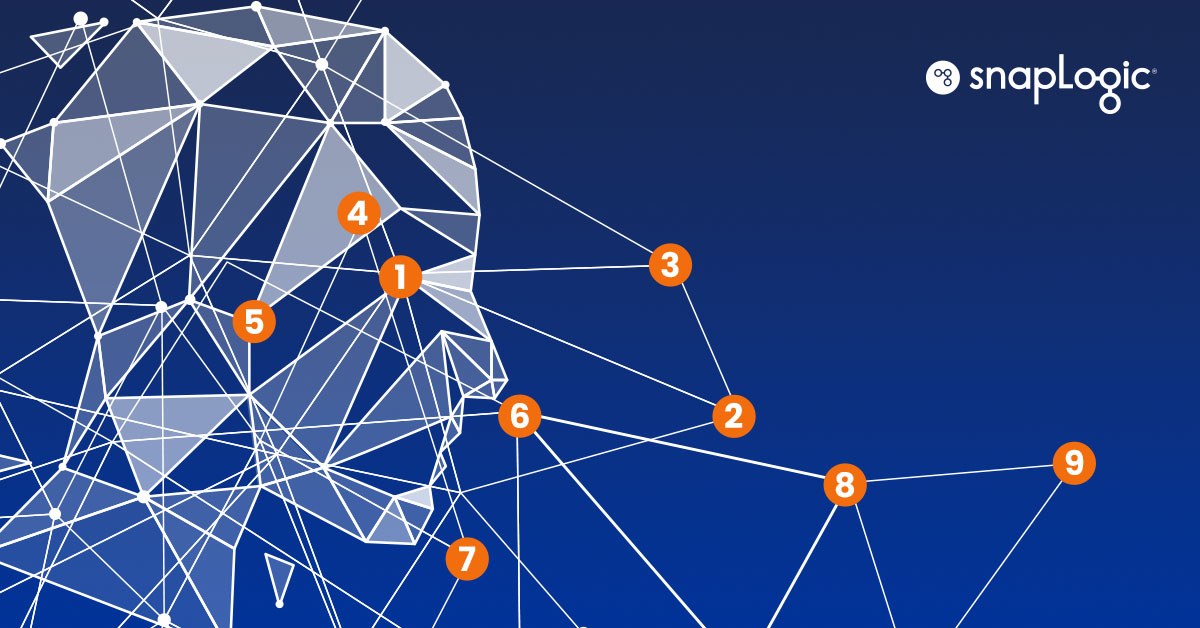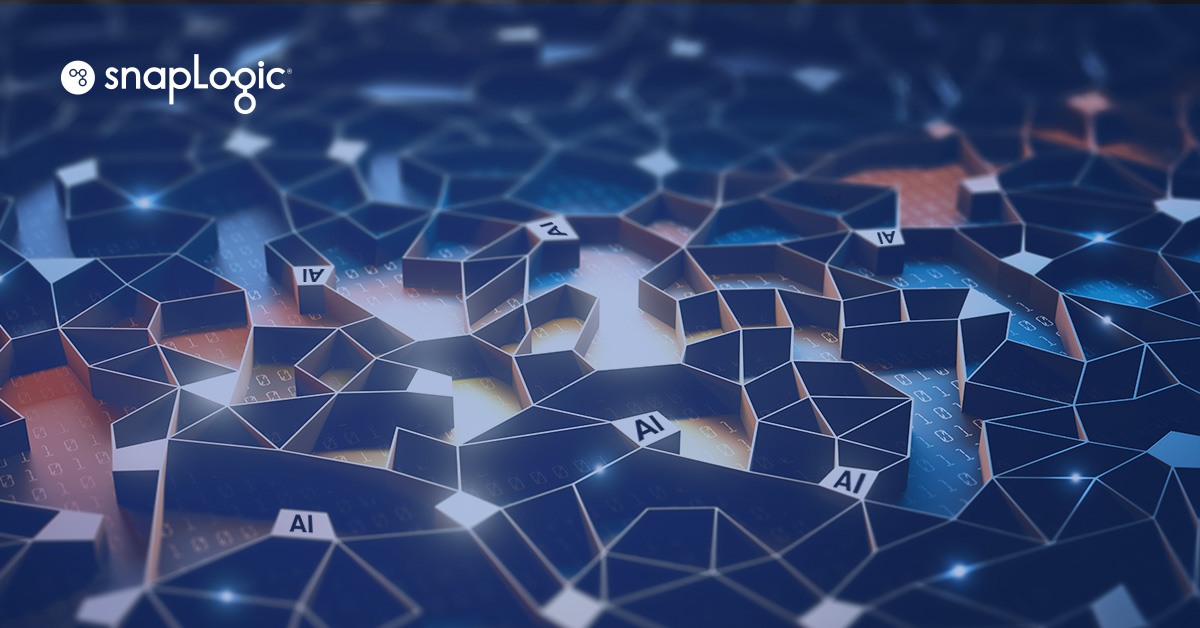In today’s rapidly expanding digital landscape, enterprises are incessantly evolving. Their data pipelines and workflows are no exception, becoming increasingly intricate as they scale. Astonishingly, on our platform, a mere 3% of these pipelines are documented. This gap in documentation is not just an oversight; it’s a formidable obstacle for enterprises in several ways.
The consequences of under-documented pipelines
- Employee turnover challenges: As professionals come and go, the lack of documentation means a steep learning curve for newcomers. Without comprehensive pipeline documentation, new hires grapple with understanding, managing, and potentially rectifying these pipelines, leading to increased time-to-productivity and potential for errors.
- Operational inefficiencies: When pipelines are not documented, it becomes a herculean task for analysts and IT professionals to identify redundancies or inefficiencies. This opacity not only hinders optimization efforts but also adds to operational costs.
- Lack of insightful decision-making: For leadership and management, this dearth of documentation can lead to challenges in making informed decisions about resource allocation, risk management, and strategic planning.
Introducing SnapGPT: a revolution in pipeline documentation
Given these challenges, it’s no wonder that one of the paramount use cases for SnapGPT — our industry’s pioneering generative integration offering — is to methodically describe or document these pipelines.
Here’s how generative integration solutions like SnapGPT are transforming the integration landscape:
- Accelerated onboarding: SnapGPT equips new employees with the tools to swiftly comprehend existing pipelines, ensuring that they can efficiently take over integration management tasks with minimal friction.
- Streamlined operations: By providing a comprehensive overview of existing pipelines, SnapGPT enables analysts to pinpoint areas of overlap, duplication, or inefficiency. This clarity paves the way for streamlined operations, ensuring resources are allocated where they’re most impactful.
- Enhanced decision-making: With SnapGPT’s insights, enterprise leaders can make more informed choices about future integrations, investments, and strategic pivots.
For enterprises aiming to remain agile in the face of growth, embracing tools like SnapGPT can prove invaluable. As we move forward, the documentation and understanding of our digital assets, especially integration pipelines, will be the bedrock of efficient, effective, and scalable operations.










